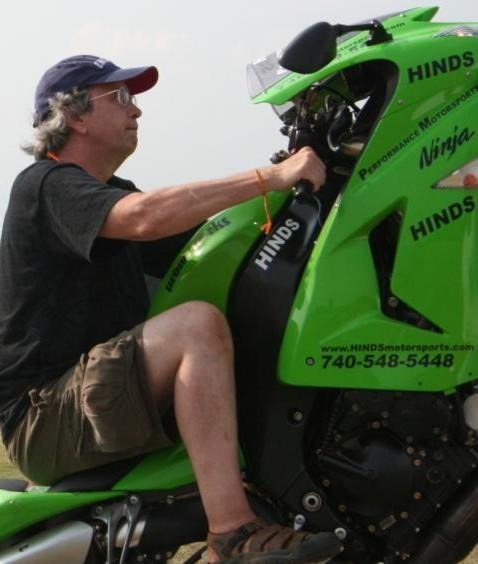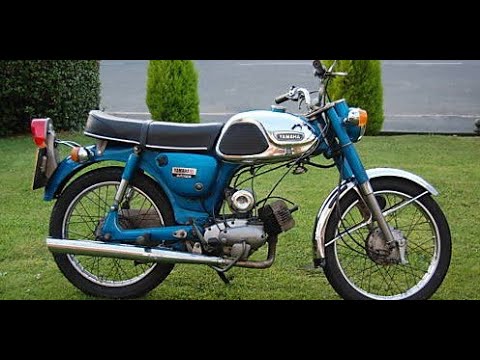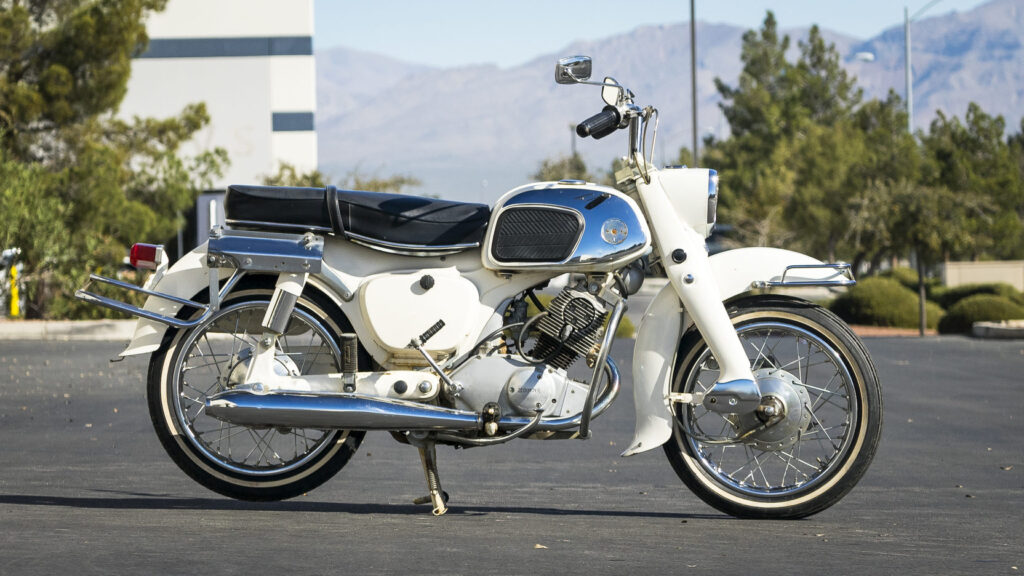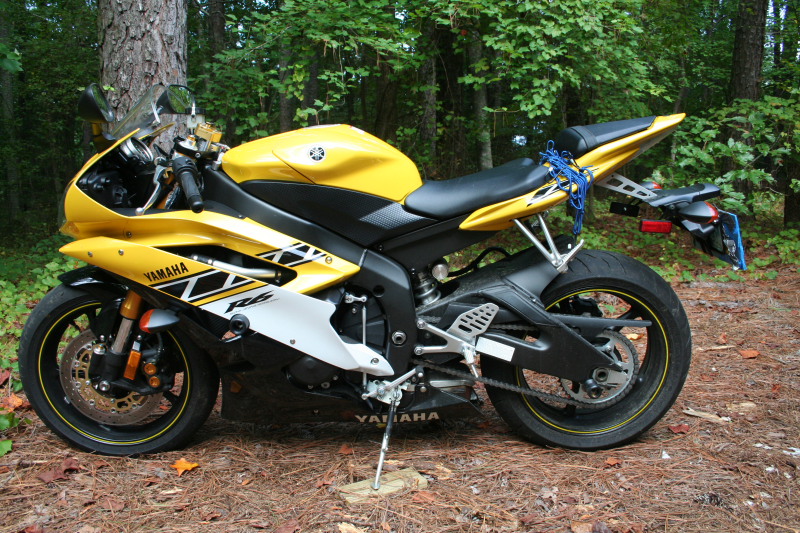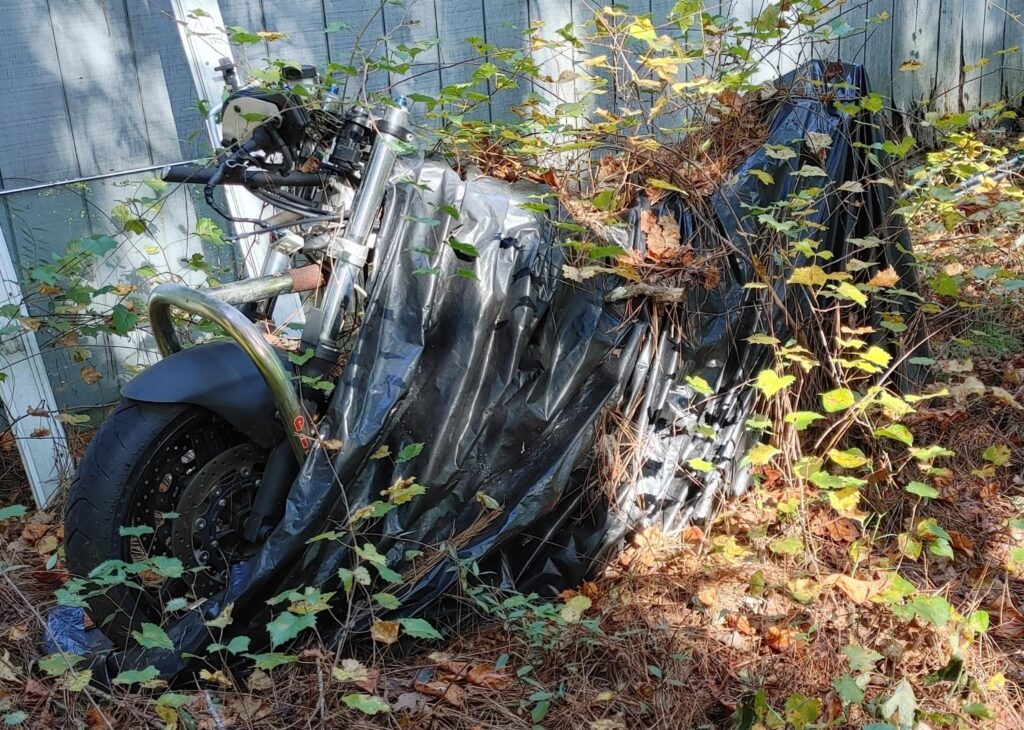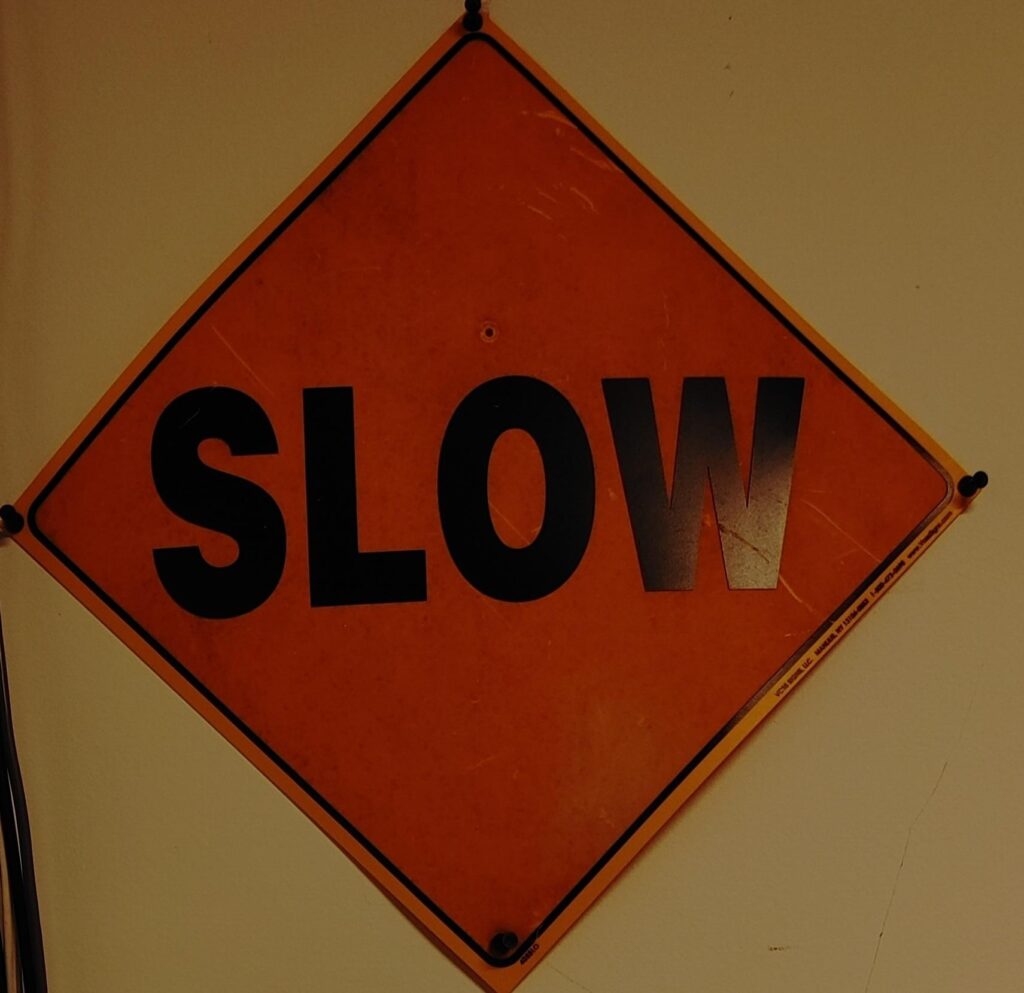I recently came across a Hacker News article that was just a pointer to a copy of the SunOS version 4.11 source code. This led me to want to add my first comment to Hacker News but the UI of my browser (Harmonic) defeated me. Visiting the main web site (https://news.ycombinator.com) didn’t help. So I said to myself “heck with it, I’ll publish it here”.
Ironically rev 4 of SunOS was the version that was a steaming pile of bugs and the developers were emulating the OS360 misadventure: adding bugs as fast as fixes. It was this disaster that led to development of Sun's Software Development Framework (SDF). When I joined in '97 the kernel development standards were amazingly high and continuing to improve. PSARC (Platform Solaris Architecture Committee), headed by Glen Skinner, rode herd over the interfaces for most of the time I was at the company. The single coolest aspect of the Sun SDF was acknowledgment that one size fits all doesnt work together with support for local dev process customization. They also included celebrations of milestone completions. It was written in a joyful tone and my copy of this document is a personal treasure.
I joined Sun in 1997 when Encore Computer Inc, an early SMP pioneer that morphed into a smart storage vendor, was acquired. Steve Goldman and I, based in a hole in the wall office in Cary, North Carolina, were chased out of the storage division of Sun at the end of 1998 when division director Janpieter Shreeder put out an edict that everybody working for him had to be in locations A-D. Jenny and I, with daughter Emily a babe in arms, visited the Broomfield Colorado Sun site but decided not to move. We got our layoff papers but as that was happening an angel employee behind the scenes informed us of an opportunity in the Java Technology Group (JTG) of the Solaris Software Division. We “interviewed” at the Burlington Massachusetts site to join the runtime group within the java virtual machine development organization. I quote this because our reputations preceded us and the meeting was just a formality. I was very sick while getting over a severe sinus infection but shared in the upbeat enthusiasm of the Java VM Runtime department that hired us.
The first assignment given to Steve and I was to evaluate the Hotspot virtual machine and the Solaris Java Exact VM. We did a very thorough job and by the end the Exact VM and Hotspot VM camps hated us equally. We declared Hotspot the technology Solaris Software should adopt in place of Exact VM and one of the Sun Labs researchers quit on the spot and there were a lot of hard feelings. Steve and I regretted this being our introduction to the division, but we were old pros and respected for how we handled it. We and a few of the other runtime group members proceeded to port Hotspot to X86 Solaris before upper management realized they would want that to happen. That was an amusing summer and fall of upper management befuddlement, but our line manager Laurie Tolson was THE BEST and gave us her full support.
Janpieter had been director of Solaris Software before taking over Storage. During one visit to Burlington Steve and I were told that in the former era, prior to Janpieter visiting that site a manager had to visit the mens rooms and make sure his picture was removed from the bottom of the urinals. That’s how much they loved Janpieter.

